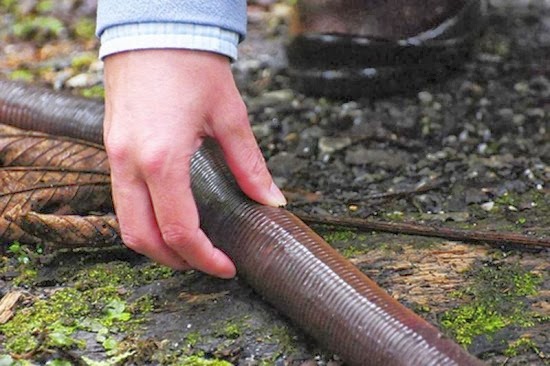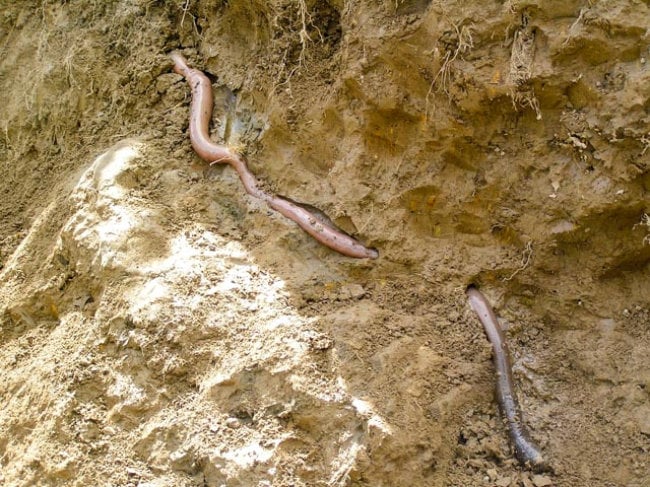
These invertebrates constitute the largest animal biomass in most temperate ecosystems, where they strongly influence the physical, chemical, and biological properties of soil. In the final section, methods of cultivating epigeic earthworms to ensure high rates of growth and reproduction are described.Įarthworms (Crassiclitellata) are terrestrial oligochaetes that usually live in the soil. hortensis, showing that these are all different species and emphasizing the importance of maintaining pure cultures in vermicomposting systems.

This chapter reviews and updates the controversy surrounding the taxonomic differentiation between E. The species most commonly used in vermicomposting and vermiculture facilities worldwide are Eisenia andrei and Eisenia fetida. Several earthworm species have been evaluated for their potential use in vermicomposting, including Eisenia fetida (Savigny), Eisenia andrei (Bouché), Dendrobaena veneta (Rosa), Dendrobaena hortensis (Michaelsen) Eudrilus eugeniae (Kinberg), and Perionyx excavatus (Perrier).

Soil is not required in vermicomposting as the organic matter acts as both the substrate and food, and therefore only epigeic earthworms can be used in the process.

This interesting and attractive alternative to regular composting turns organic waste into a substrate that can be used as a soil amendment and as a growing medium for use in horticulture.

Vermicomposting, the conversion of organic waste into vermicompost, is mediated by the combined action of earthworms and microorganisms.


 0 kommentar(er)
0 kommentar(er)
